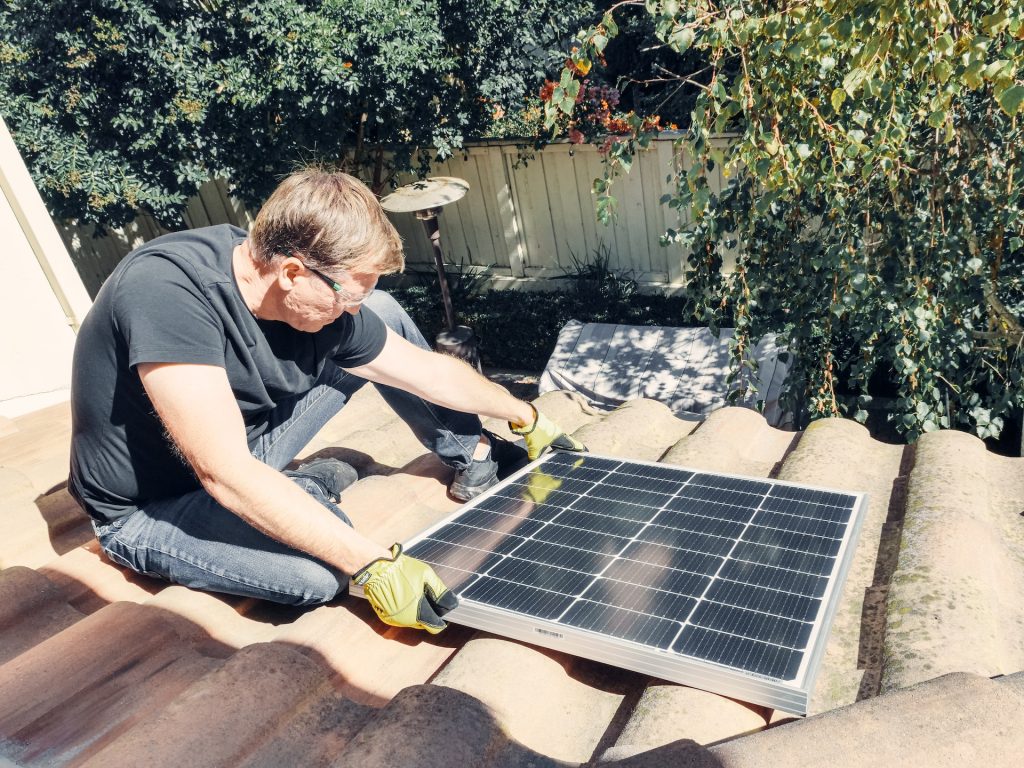What Is Net Metering?

Whether you already have solar panels on your roof or you are thinking about installing them one day, it’s important you know about net metering — a state-level incentive that can help you save money on your utility bills while also helping shorten the payback period of your clean energy investment.
This article explains how net metering works and why every qualifying solar customer should enroll in their state’s program ASAP.
Net Metering Defined
Under most net energy metering programs, utility providers are required to compensate customers for any unused solar power they feed into the electricity grid. (The exact rules change from state to state.) In most cases, your solar PV system will feature either two separate meters or one bidirectional meter to measure how much electricity you feed into and take from the utility grid.
At the end of each billing cycle, you’re responsible for the “net” difference in electricity bought and sold.
Net metering can be a useful incentive since solar PV panels generate the most power during the day — precisely when families leave their homes for work and school. By feeding excess solar power into the grid, you can offset future utility bills and grow your savings over time.
As an added bonus, enrolling in net metering removes the need to install on-site battery storage to capture unused solar power. On cloudy days or when the sun goes down, you can simply buy back whatever electricity you need from your utility provider.
A Few Important Considerations About Net Metering
Although it’s possible to install solar panels yourself as a DIY job, connecting your PV system to the grid normally requires hiring a licensed electrician. Before that can even happen, you also need your utility’s permission to have your solar installation connected to the grid.
In other words, net energy metering isn’t automatic. You’ll need to jump through some hoops before you can enroll.
Equally important, most programs only compensate the solar PV system owner. This means that if you finance your installation with a solar lease or power purchase agreement (PPA), you might not be compensated for the excess solar electricity you send back to your power provider.
In addition, utilities are understandably resistant to the idea of having to compensate their customers. In many markets, the credits you generate from the excess solar power you feed into the grid is typically priced at wholesale rates or below. You, of course, will pay full retail rates for whatever electricity you buy from the grid — day or night.
Why Enroll in Net Metering?
As with most solar incentives, net energy metering programs tend to get scaled back over time as PV adoption spreads. This means early adopters enjoy the highest payouts, while latecomers qualify for slightly lower rates. So, the sooner you enroll in your state’s net energy metering program, the better your chances of being grandfathered into the highest current threshold for your utility market.
Finally, it’s worth asking any solar installers you work with whether feed-in tariffs are available in your state. This type of incentive is similar to net energy metering. However, instead of generating utility credits to offset future bills, you could qualify for cash payments.
For a growing number of homeowners across the country, solar is a wise investment that can deliver many decades of carbon offsets and electricity bill savings. This is especially true as utility rates keep creeping up and PV panel prices continue to fall.
Adding net metering to the mix merely amplifies these benefits by delivering even larger savings and a much shorter payback period.









